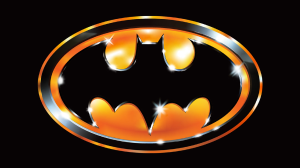The idea of an anime series being banned is something that tends to go over the heads of Western audiences, with the threshold for inappropriate media considered relatively low. The most controversial series can be found on numerous streaming services or online platforms with various rating tags applied to warn viewers of any disclaimers they may encounter while watching. While this is the norm, there’s more discourse around banning media in the present day and age, with schools restricting manga series thought to be too violent or provocative for students. Additionally, we can’t forget the possibility of laws banning anime and manga that have been tossed around in the past year (mostly rumors, don’t worry).
Videos by ComicBook.com
With the discussion on banned anime and manga more relevant than ever, I thought it might be interesting to look at a few banned anime series that have caught flak around the world. These titles were banned in different countries for a myriad of reasons: clashing with local religion, sexual themes, violence, and more. Some titles might have you raising an eyebrow at their inclusion on this list, while others have certainly earned a spot among media that might deserve to be closely monitored among younger audiences and easily influenced viewers. Regardless, they exist, and their presence creates a conversation around what the limit is on banning media from the public.
7) Sailor Moon
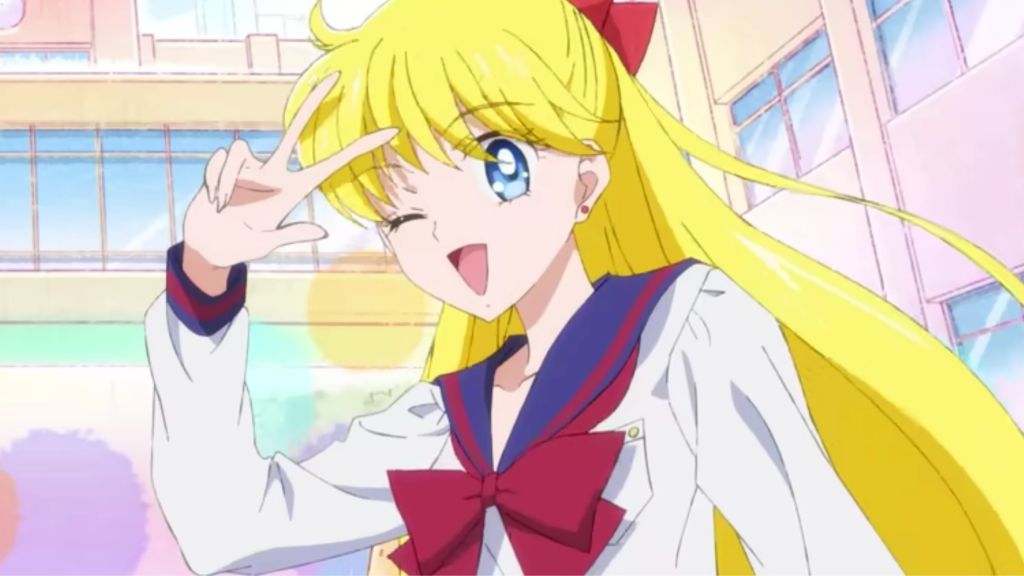
Sailor Moon is easily the biggest name in magical girl anime, a genre that emphasizes the importance of nuanced female protagonists who aren’t limited to the romance genre. It doesn’t lack in cutesy, traditionally feminine qualities while also focusing on the girl’s strength, bonds, and growth throughout the show. There’s a reason Sailor Moon is considered one of the all-time classics, often compared with titles like Dragon Ball Z, Pokémon, and Naruto; its influence over both magical girl anime in the future, and the portrayal of women as main characters has inspired plenty of creators and fans alike.
For all of Sailor Moon’s strengths and acclaim, that doesn’t change the fact that the anime was banned in Saudi Arabia, from the original series to its numerous spin-offs and films. The reason for this ban is quite simple, stemming from the clash of strong female characters with traditional religious beliefs that exist within the country. Using a female protagonist goes against the norm of Saudi media, which tends to favor capable male protagonists. This ban extends to most titles that fall within the magical girl genre, essentially cutting them from Saudi Arabia streaming services due to religious beliefs.
6) Elfen Lied
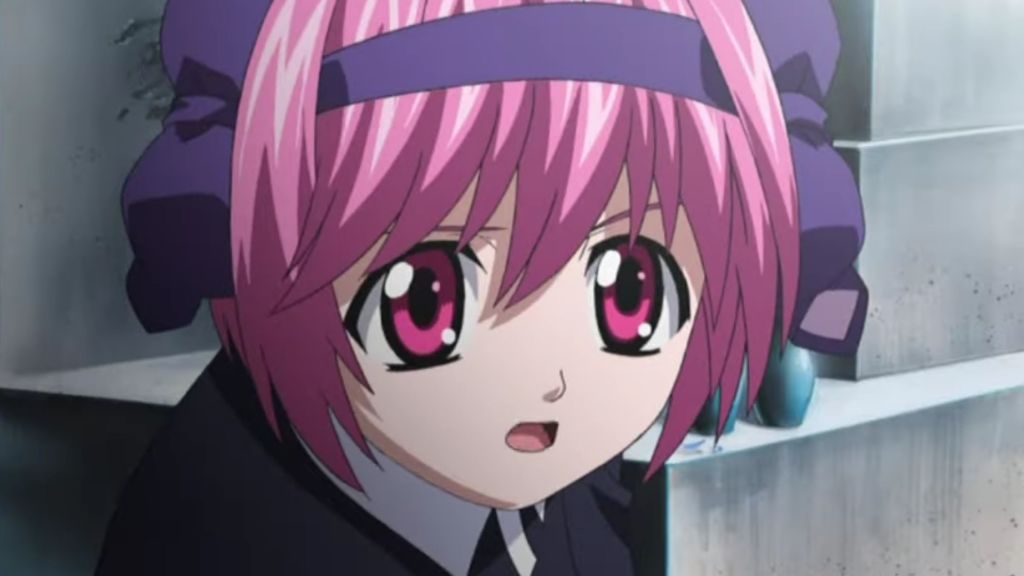
Elfen Lied is one of the first mainstream anime titles that leaned into the dark themes it set out to portray without holding back or editing out the horror. Released back in 2004, it gained a reputation for its extremely disturbing portrayals of mental health, abuse, prejudice, and violence. The main point of Elfen Lied was to convey how the cycle of hatred often spirals out of control, causing more devastation that feeds into the eternal spiral down. Lucy, the anime’s main character, goes through numerous tribulations, including bullying, torture, captivity, and a mental break that forms a protective alter in her mind. It’s certainly not for the faint of heart or for those looking to watch a lighthearted shonen piece.
These traits are likely what got Elfen Lied banned in both China and Russia for its graphic depiction of gore and blood. In particular, China has strict media laws that prohibit extreme shows of nudity and violence, all traits that this anime shows in abundance during its relatively short run-time. Russia’s ban on this anime happened in 2021, with the country claiming Elfen Lied’s mature themes could be potentially damaging to young viewers who weren’t equipped to process the show. While both governments might have a point, Elfen Lied continues to stream in other countries around the world, where it’s praised for handling topics not always seen in 2000s anime series.
5) Death Note

Death Note is a huge title in the crime drama anime genre, setting a precedent for later series that would debut after its initial release in 2006. Its combination of supernatural elements with mystery aspects formed a compelling plot that became more iconic with Death Note’s Gothic art style choices. Additionally, it’s one of the first anime series to fully lean into the main character being the villain of the show, with Light Yagami’s character development and arc still discussed within the community long after the show’s end. What started as a unique take on the killer versus detective trope became a conversation about the danger of righteous morality and a God complex tainting a person’s viewpoint.
Despite Death Note’s massive popularity since debuting nearly two decades ago, the anime was still banned in both China and Russia. A Russian court ruled that the anime’s violent, death-centered themes were too disturbing for minors to watch, prompting a ban on illegal distribution or recording of the show. Similarly, China’s strict media laws deemed that Death Note portrayed too much violence; before the anime, the manga was also banned when students were reportedly trying to create their own versions of the Death Note notebook.
4) Hetalia: Axis Powers

Hetalia: Axis Powers is notorious for depicting the stereotyped personalities of different countries around the world as personified anime characters. Specifically, the series is set around World War Two, and deals with the ramifications of the time period and each country’s political climates and foreign relations. The show was controversial during its run for relying on harmful portrayals and depictions of certain countries, while making light of the effects of the Axis Powers’ actions on the world. Despite this, it’s considered a bit of a cult classic and has a dedicated fanbase who are still waiting for a reboot of the older series.
With its contentious basis, Hetalia: Axis Powers was practically begging to get banned. This happened sooner than expected, with a petition in South Korea passed around back in 2009. Citizens of the country believed the show’s depiction of their country and people was offensive at best, calling for the harmful material to be plucked from South Korean broadcasts and streaming services. The government listened to the petition, pulling the show; funny enough, Hetalia: Axis Powers ended up pulling the South Korean character, but to no avail, as the series is still banned in South Korea to this day.
3) Record of Ragnarok
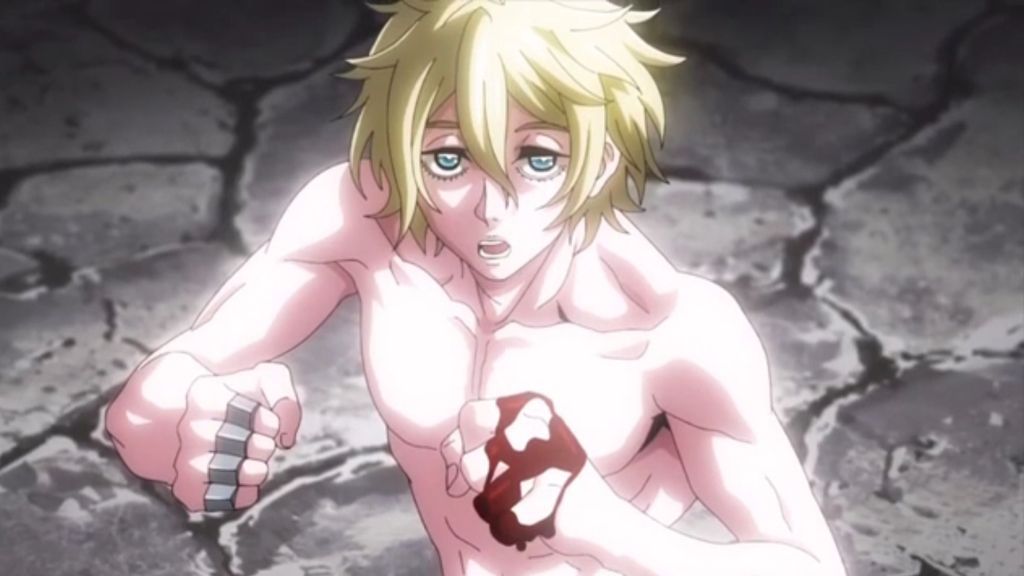
Record of Ragnarok is one of the few anime series that has attempted to blend mythology with a battle royale plot. The show was released in 2021 and featured a slew of well-known figures from numerous religions and doctrines, such as Adam from the Bible, Ares from the Greek pantheon, and Odin from Norse mythology. Relying on flashy fight sequences and interesting character choices, it faced significant critiques from fans for poor animation quality and pacing issues throughout the plot. Regardless, Record of Ragnarok brought to life an interesting, unique storyline that stood out among other titles of the decade.
For all of its flaws, Record of Ragnarok was not officially banned in any country as of today. That being said, the series’ portrayal of deities such as Shiva faced massive backlash among Indian citizens for the disrespect of a prominent figure in the Hindu religion. This backlash was strong enough that the Indian government removed the show from Netflix India during its release year to prevent further upset within the country. While it’s still not technically banned in India, its removal from the primary streaming service to feature the anime produces the same results as a permanent ban.
2) Kite
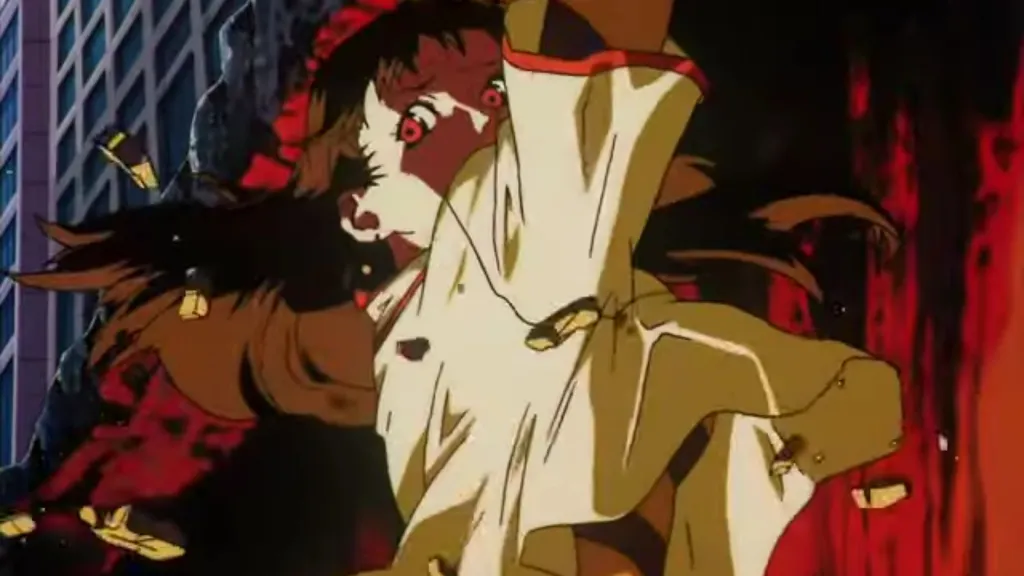
Kite is an OVA series that was written, directed, and animated by Yasuomi Umetsu before its initial release in 1998. The anime had two 25-minute episodes before coming to an end, but despite the relatively short run-time, Kite left an impact on viewers who consider it a cult classic of sorts. Praised for things like its action-packed sequences, portrayal of violence, and gritty, dark themes, the anime garnered massive attention from both critics and fans alike. The controversy of Kite was steeped mostly in a brutal sexual assault scene against a minor depicted in graphic detail; despite the polarizing nature of the anime, it remains considered an influence on shows within similar genres, most notably Quentin Tarantino’s Kill Bill series.
Though many audiences do enjoy and applaud the anime for boldly covering controversial topics that many wouldn’t, it was not entirely accepted in the mainstream due to its graphic nature. The plot of Kite follows an orphaned girl who must become an assassin when a crooked cop forces the work onto her, submerging the main character in a world of brutality and violence. Due to its uncensored animation of assault, the uncut version of Kite is banned in many places that have strict laws on media that show intense sexual assault. In particular, Norway banned the uncut version of this OVA because of its laws concerning child pornography in media.
1) Midori: Shoujo Tsubaki
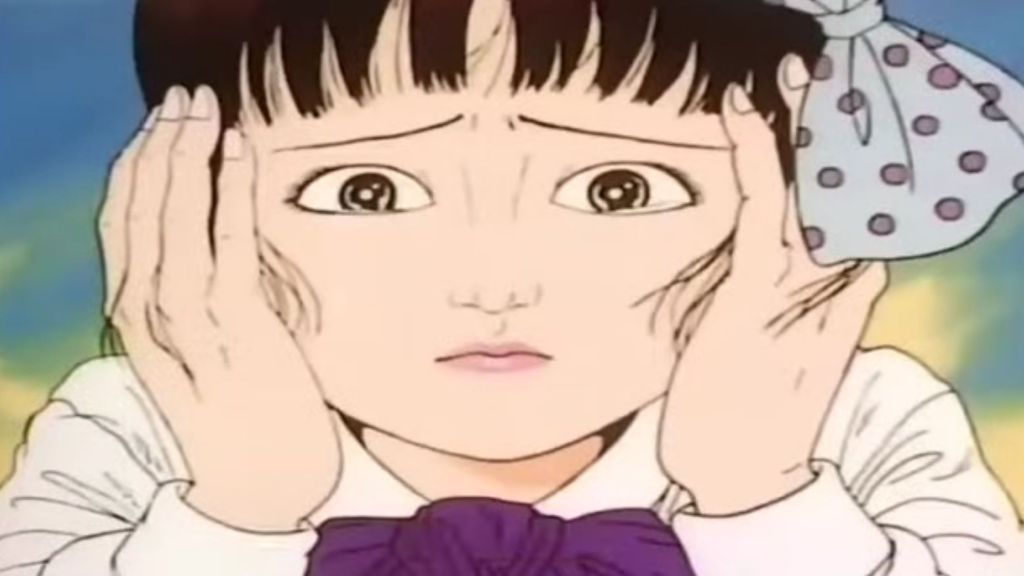
While many series are jokingly described as traumatizing to audiences for sad or grim endings, none hold a candle to the intense nature of Midori: Shoujo Tsubaki. The story was so polarizing that most refused to touch it, forcing Hiroshi Harada to direct, produce, and write the anime’s script, basing it on the manga storyline. The anime film was released in 1992 and was just shy of an hour run-time, but the movie felt endless due to the unending brutality that continues on and on for every second of this movie. It follows the tale of Midori, a young, orphaned girl forced to work for the performers of a freak show who abuse her, both physically and sexually, ultimately culminating in her tragic ending.
As you can imagine, the story of Midori: Shoujo Tsuabki is extremely difficult for most viewers to stomach, resembling torture porn more than a comprehensive film. Its horrific nature prompted the movie to be banned in a large list of countries because of the imagery detailing explicit abuse of a minor. In particular, the uncut version was actually banned in Japan back in 1999, when the government ordered the destruction of the film’s original copies, though the censored version is still allowed; this soft ban on the uncut film was never formally put into law, and a 2020 version of the master tapes was released in Japan to the public.
Have you watched any of these anime titles? Tell us your favorite banned anime series in the comments below.


